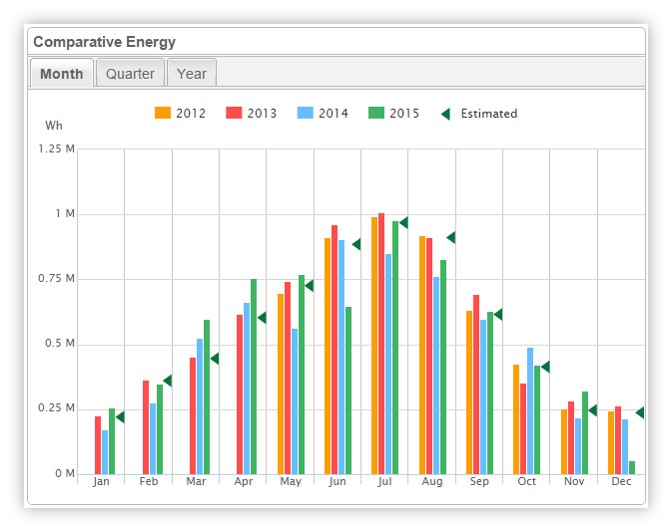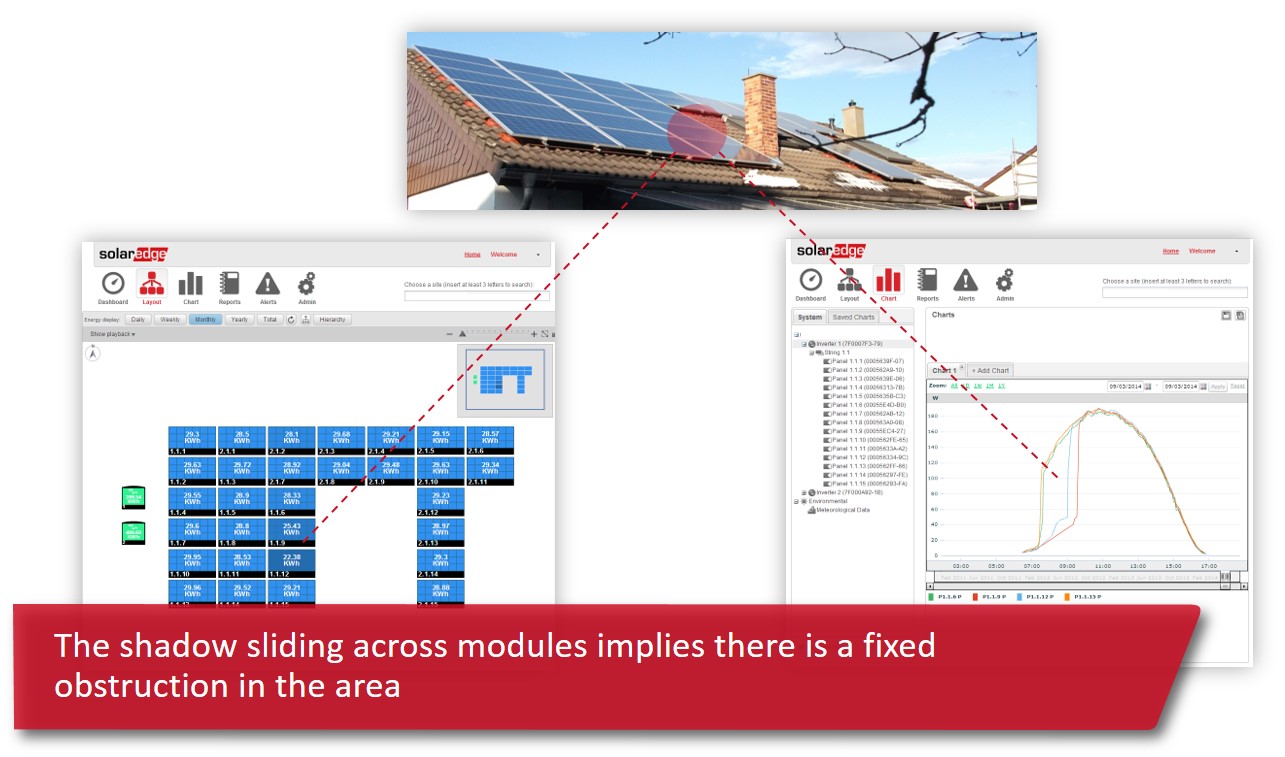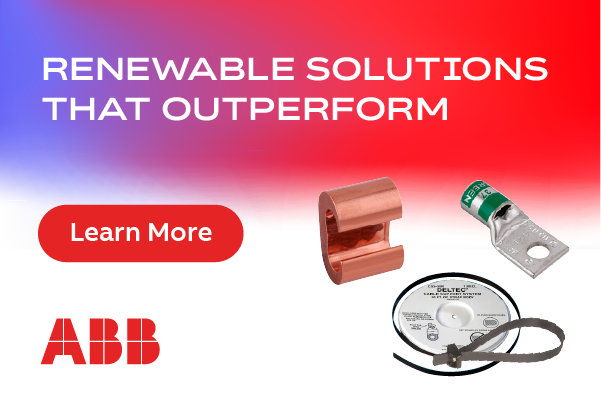Using Monitoring to Improve Customer Acquisition
According to the analyst projections, growth in the US residential PV market has decreased by 20 percent in 2016, from 2015[1]. At the same time, module prices are at record lows[2], with installation prices dropping[3]. Despite this pricing pressure, we are seeing the emergence of a curious trend: the growth of the giveaway. In their quest for the latest competitive advantage, installers are reversing their course on hardware pricing, and shifting their focus to customer acquisition. A new metric is at the heart of this strategy. While pricing for residential PV is decreasing, customer acquisition costs have actually risen, by around 30 percent, from 2013 to 2016. If that's one of the biggest costs of installations, it almost makes sense to give away the panels for free to help close the deal!
Are there other options available to help installers to lower customer acquisition costs and boost sales? Let's look at a basic marketing funnel: Prospective customers engage at the top of the funnel, journey through, and then become buying customers at the bottom. Now consider leveraging advanced monitoring technologies to widen the marketing funnel, communicate advanced technology, improve service, and simulate a "test drive" for customers. Using monitoring to visualize system benefits can potentially help widen the marketing funnel, increase traffic, optimize customer acquisition costs, and boost sales.
Cast a wider net
Many installers note that referral business is the lowest cost of customer acquisition. The sales benefit of former customers as advocates and influencers is well known in the industry. Installation companies may offer referral bonuses to customers in order to increase sales. However, by using social media, installers have the opportunity to boost referrals even further. As more system owners proudly share their PV system photos, and monitoring screenshots, to their networks on social media platforms, the marketing funnel widens, reaching exponentially larger audiences.
 Homeowners typically don't handle the hardware of their PV systems; their main experience comes in the form of lower electricity bills and PV monitoring. However, Systems that include monitoring applications for smartphones let homeowners interact with their systems, and create referrals for installers. When installers put monitoring in the homeowners' hands, the homeowners gain confidence in their system performance and they're more motivated to share it on messaging apps, email, Facebook, and Twitter. In fact, monitoring applications now let owners share at the push of a button.
Homeowners typically don't handle the hardware of their PV systems; their main experience comes in the form of lower electricity bills and PV monitoring. However, Systems that include monitoring applications for smartphones let homeowners interact with their systems, and create referrals for installers. When installers put monitoring in the homeowners' hands, the homeowners gain confidence in their system performance and they're more motivated to share it on messaging apps, email, Facebook, and Twitter. In fact, monitoring applications now let owners share at the push of a button.
Know your audience
Today, many homeowners do their research online, and can get quotes from multiple installers before a salesperson ever gets a foot in the door. It's not enough to tell them they'll save on their electricity bill - they know that already. Often, homeowners are making decisions on systems that they intend to own outright. What was traditionally thought of as the top of the funnel has moved further, into the sales process. As more homeowners are self-qualifying, the traditional sales pitch won't work. Prospective buyers want to know about options like enhanced energy production, improved safety features, monitoring, battery integration, and even EV chargers. They want to better understand their investment, and are looking for any advantage to boost their payback. Monitoring gives them the confidence of being able to validate their system's performance day to day. Monitoring also illustrates how PV energy is distributed to all these elements, into the battery or electric vehicles. In order to improve early stage conversions, be prepared for more technical discussions with these homeowners.
Service sells the second system
Service is an important aspect for a B2B company. This is also true for many B2C sales. During the sales process, many homeowners look for online reviews of installers; it's an important part of their decision-making process. Great reviews are like gold. One of the best ways to generate this kind of support is to make sure that your current customers are content with their systems, and level of service. Installers can provide superior service, and higher system uptime, by using monitoring platforms that provide automatic alerts and remote monitoring. This allows installers to provide proactive maintenance before the system owner even experiences a problem. Imagine the impact of a proactive service call on a homeowner and consider the boost this practice would give to a company's quality and service record.
The importance of the test drive
Most people don't buy a car without test driving it. It's one of the more enjoyable experiences of purchasing a car - and usually the time when emotions take over, and people get excited about the purchase. It's a key part of closing. But how do you take someone for a test drive in a PV system? The answer is to focus on the experience. System owners experience their system through lower bills and monitoring. Monitoring services offer a window into the benefits of a PV system. By using monitoring, salespeople can use their smartphones to demonstrate financial savings, energy production, and environmental benefits.
In addition, by selecting a few systems with different hardware, salespeople can also offer options packages. Imagine the impact of comparing a basic system to a system with home consumption metering that shows whole home energy usage, or a system with an inverter-integrated EV charger, or even a system with an integrated battery - all from your smartphone! Selling the experience of monitoring lets owners "test drive" their PV system. Homeowners can also download a version of the monitoring platform, and see demos of system performance. And with FREE monitoring application, they can be used at no cost and in scale. Customer acquisition is now a main target for cost reduction for US installers, and has become the focus for many profitable businesses. By leveraging advanced monitoring to "test drive," installers can boost their referrals, demonstrate different technology, improve service, optimize their marketing funnel, and grow their businesses
 Lior Handelsman, VP of Marketing and Product Strategy, founded SolarEdge in 2006. He currently serves as Vice President, Marketing and Product Strategy, responsible for SolarEdge's marketing activities, product management, and business development. Prior to founding SolarEdge, Mr. Handelsman spent 11 years at the Electronics Research Department (''ERD''), one of Israel's national labs, which is tasked with developing innovative and complex systems. At the ERD he held several positions, including research and development power electronics engineer, head of the ERD's power electronics group, manager of several large-scale development projects, and branch head. Mr. Handelsman holds a B.S. in Electrical Engineering (cum laude) and an MBA from the Technion, Israel's Institute of Technology in Haifa.
Lior Handelsman, VP of Marketing and Product Strategy, founded SolarEdge in 2006. He currently serves as Vice President, Marketing and Product Strategy, responsible for SolarEdge's marketing activities, product management, and business development. Prior to founding SolarEdge, Mr. Handelsman spent 11 years at the Electronics Research Department (''ERD''), one of Israel's national labs, which is tasked with developing innovative and complex systems. At the ERD he held several positions, including research and development power electronics engineer, head of the ERD's power electronics group, manager of several large-scale development projects, and branch head. Mr. Handelsman holds a B.S. in Electrical Engineering (cum laude) and an MBA from the Technion, Israel's Institute of Technology in Haifa.
[1] Annual U.S. PV Installed Capacity, Cumulative Pre-2010-2022E, GTM Research/SEIA U.S. Solar Market Insight
[2] https://www.pv-magazine.com/features/investors/module-price-index/
[3] http://news.energysage.com/how-much-does-the-average-solar-panel-installation-cost-in-the-u-s/
Volume: 2017 September/October









.png?r=7409)


